Welcome to my kitchen! Today, we’re taking a classic beef stew and giving it a delightful French twist. Imagine tender beef, rich flavors, and fresh vegetables simmering together. In this post, I’ll share the key ingredients, cooking techniques, and tips to elevate your dish. Whether you’re a seasoned cook or a beginner, this timeless recipe will impress everyone at your table. Let’s dive into the savory world of French beef stew!
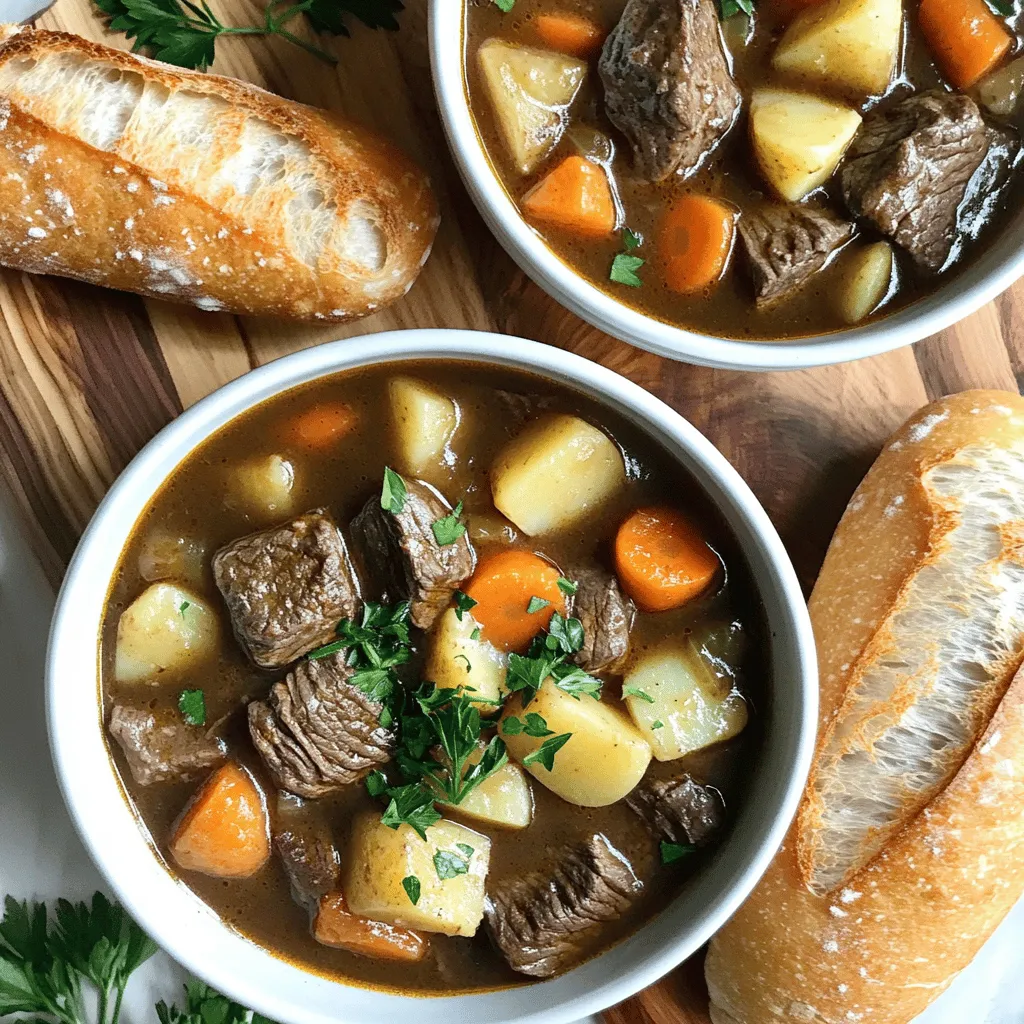
What are the key ingredients for a Timeless Beef Stew with a French Twist?
To create a perfect French beef stew, you need simple yet flavorful ingredients. The main star is beef. I recommend using beef chuck. It has the right fat and flavor. It breaks down well during cooking, making it tender.
Next, let’s talk about vegetables. Onions are a must. They add sweetness and depth. Carrots bring color and a touch of earthiness. Celery gives a nice crunch and enhances the stew’s overall flavor. Potatoes add heartiness, making the dish filling. Lastly, mushrooms, especially cremini, add umami. Their earthy taste pairs beautifully with the beef.
Spices and herbs are vital too. I use dried thyme for a warm, fragrant note. A bay leaf adds a subtle depth. Don’t forget salt and black pepper to bring everything together. For a true French twist, I add Dijon mustard and lemon zest. They brighten the stew and elevate its taste.
This mix of French beef stew ingredients creates a hearty dish that warms the soul.
How do you make a classic beef stew with a French influence?
To make a classic beef stew with a French twist, you start by searing the beef. I use beef chuck, cut into 1.5-inch cubes. Heat olive oil in a Dutch oven over medium-high heat. Sear the beef in batches for about 4-5 minutes. Brown all sides for a rich flavor. Then, remove the beef and set it aside.
Next, I sauté the vegetables. In the same pot, I add diced onion, sliced carrots, and chopped celery. I cook them for 5-7 minutes until they soften. After that, I add minced garlic and cook for one more minute to release its aroma.
Now, I stir in tomato paste and cook it for another 2 minutes. Then, I return the beef to the pot and pour in beef broth. I also add dried thyme, a bay leaf, salt, and black pepper.
Next, I incorporate diced potatoes and sliced mushrooms. Bring the stew to a gentle boil. After that, I reduce the heat to low and cover the pot. It needs to simmer for 1.5 to 2 hours. This helps the beef become tender.
Finally, I finish the stew with flavor. I stir in Dijon mustard and lemon zest. This gives the stew its French twist. Adjust the seasoning if needed, then remove the bay leaf.
To serve, ladle the stew into bowls. I like to garnish with fresh parsley for a pop of color.
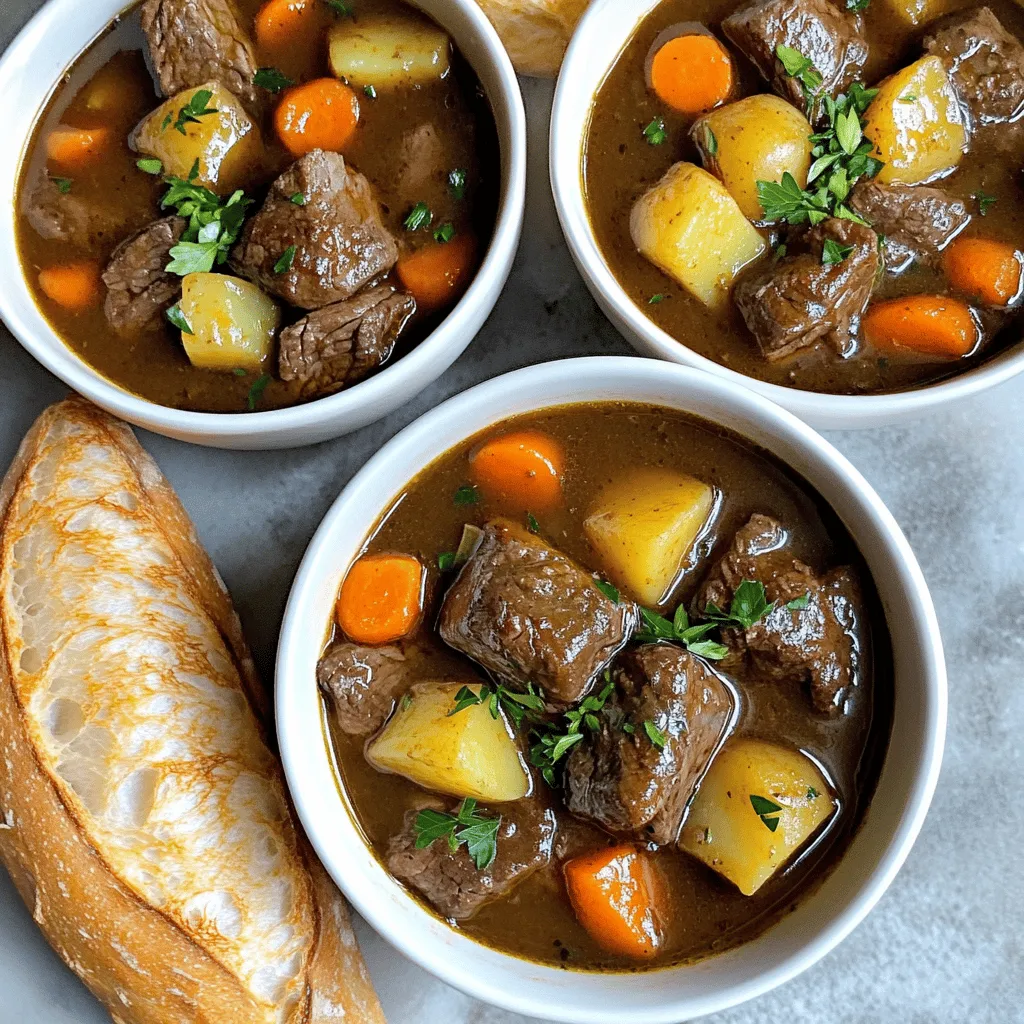
What French cooking techniques can elevate a simple beef stew?
Searing meat is a key step in French cooking. It adds rich flavor and depth. When you brown the beef, it caramelizes. This process creates a savory crust. The Maillard reaction enhances taste. You want to sear all sides evenly. This builds a great base for your stew.
A Dutch oven is perfect for stews. Its heavy cast iron helps retain heat. This means even cooking throughout. You can start on the stovetop and finish in the oven. This technique keeps the meat moist and tender. Plus, it helps blend flavors well.
Slow-cooking is another French technique to master. It makes the beef super tender. When you cook slowly, the flavors meld together. The beef breaks down, becoming soft and juicy. You can let it simmer for hours. This method gives you a hearty, comforting stew that warms the soul. Slow-cooking truly shines in a dish like this.
How can you add depth of flavor to your beef stew?
To make your beef stew stand out, focus on flavoring beef stew. French cuisine offers many ways to enhance taste. Traditional flavor enhancers include garlic, thyme, and bay leaves. These ingredients build a solid base for your dish.
Wine plays a key role in the flavor development of stew. It adds acidity, which balances the rich beef. A good red wine can deepen the color and taste. Mustard adds a bold tang. Just a tablespoon of Dijon mustard at the end brightens the whole dish.
Proper seasoning is vital to avoid overpowering flavors. Start with salt and pepper. Taste as you cook, adjusting gradually. Less is more; you can always add more, but you can’t take it away. Adding lemon zest at the end brings a fresh note, making the dish shine.It guides you through creating a comforting meal that bursts with flavor.
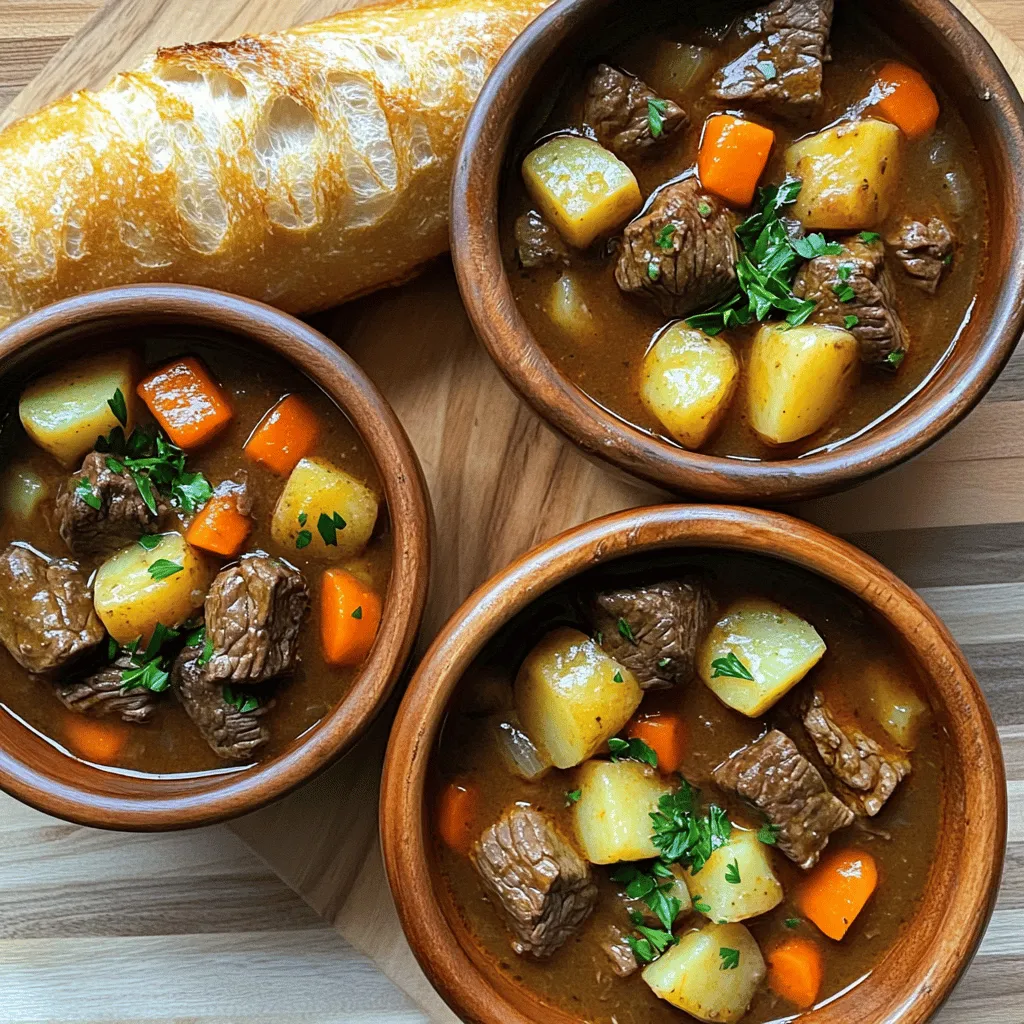
Which side dishes and accompaniments can complement beef stew?
Serving beef stew with sides can really enhance the meal. A warm, crusty baguette pairs perfectly. The bread soaks up the rich sauce, creating a delightful experience. You can also try a nice sourdough or a soft dinner roll.
Salads can add a fresh touch to your plate. A simple mixed green salad works well. Use fresh greens like arugula or spinach. Toss in some cherry tomatoes and a light vinaigrette. This keeps things balanced and light against the hearty stew.
Garnishes also make your dish pop. Fresh parsley adds color and a hint of flavor. You can also use lemon zest for brightness. A sprinkle of cracked black pepper can enhance the look too. These small touches boost the stew’s presentation and taste.
For a complete meal, consider adding some roasted vegetables. Carrots, broccoli, or Brussels sprouts roast nicely. They bring extra flavor and nutrients. Overall, these sides and garnishes can take your timeless beef stew with a French twist to the next level.
What variations can be made to the Timeless Beef Stew recipe?
You can make many changes to the timeless beef stew recipe. Different cuts of beef can change the flavor and texture. For instance, using brisket adds a rich flavor. Chuck is great for tenderness, while round is leaner and chewier. Each cut gives the stew a unique twist.
Regional variations also add fun to the dish. In Ireland, they often use stout beer. In Hungary, paprika brings a warm spice. In Italy, you might find red wine and herbs like rosemary. Each region has its own unique take on this classic stew.
Seasonal ingredients can also make your stew special. In fall, I love adding butternut squash. In spring, fresh peas and asparagus brighten the dish. Summer brings ripe tomatoes and green beans. Adjusting your ingredients based on the season keeps the stew fresh and exciting.
This blog post explored the key elements of making a Timeless Beef Stew with a French twist. We discussed choosing the right beef, enhancing flavor with vegetables, and incorporating spices and herbs. I detailed step-by-step cooking instructions and shared French techniques that improve taste and texture.
Adding depth through flavor enhancers like wine and mustard can elevate your stew. Lastly, I shared ideas for sides that complement this dish and suggested variations to keep it interesting. With these tips, you can create a beef stew that is both delicious and memorable. Enjoy your cooking!
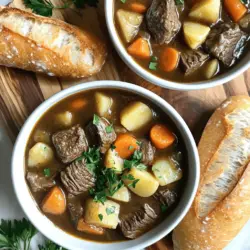

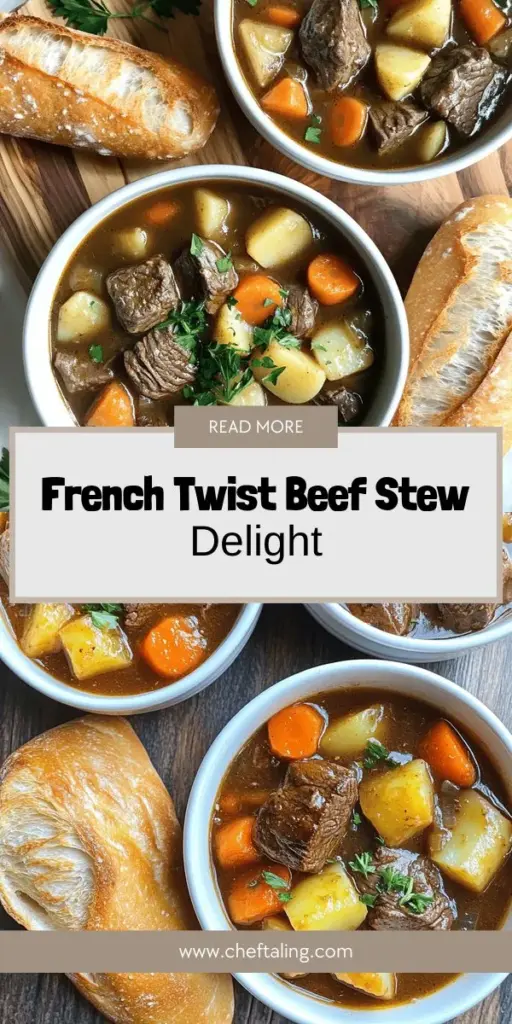

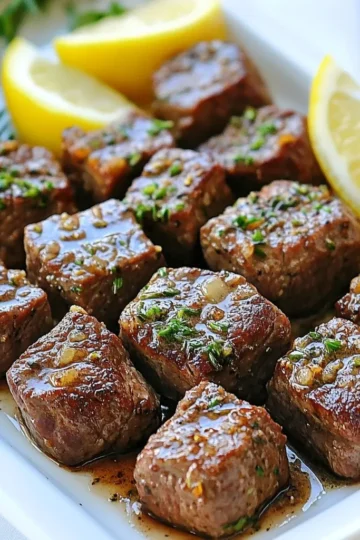
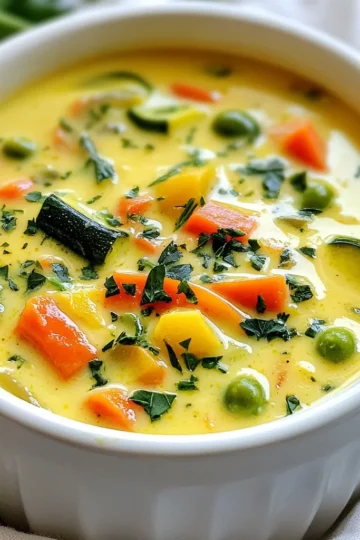
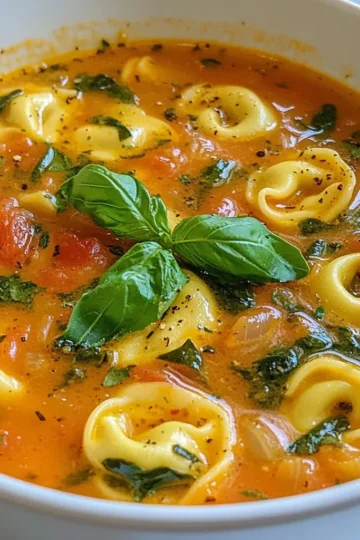
Leave a Reply